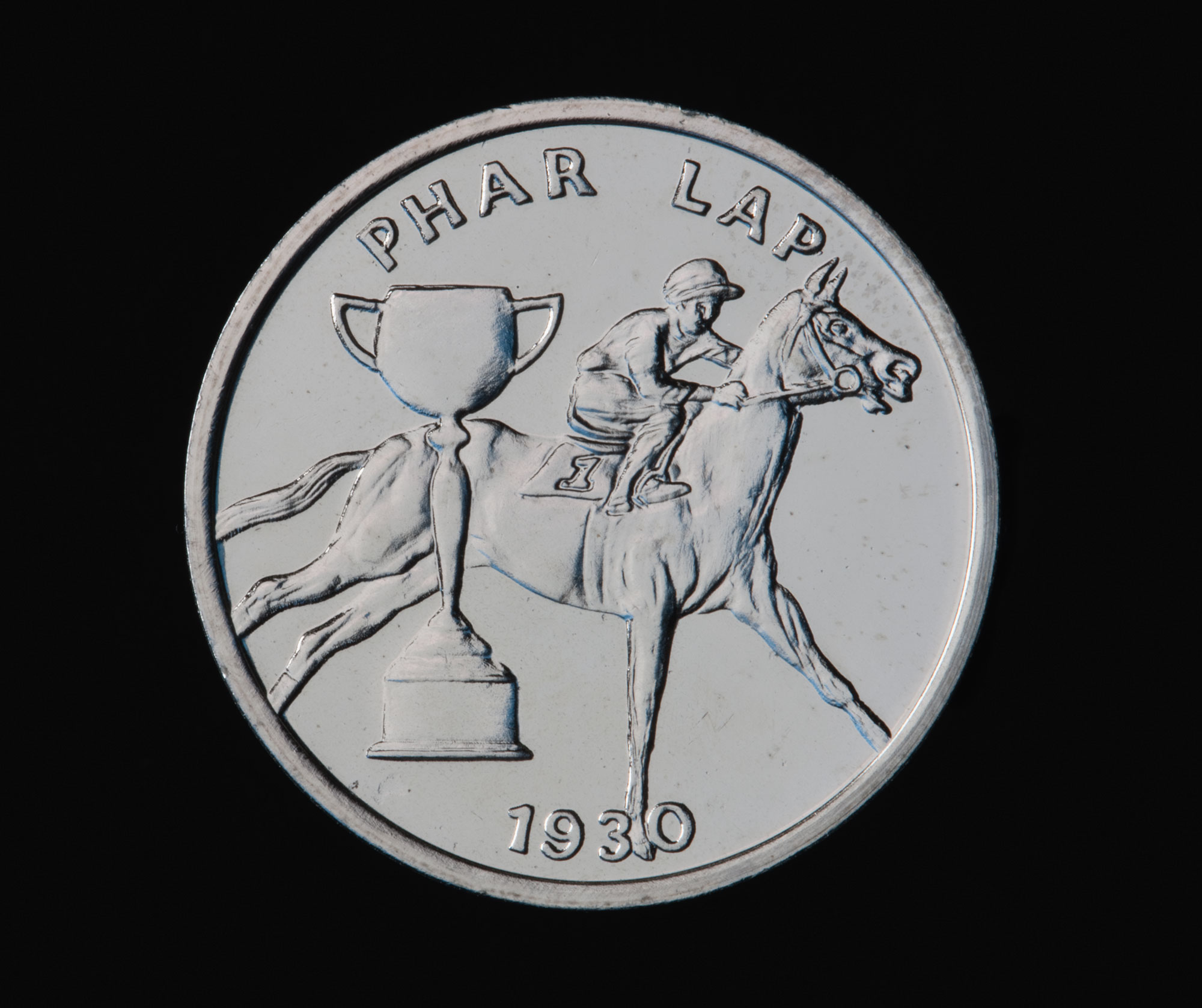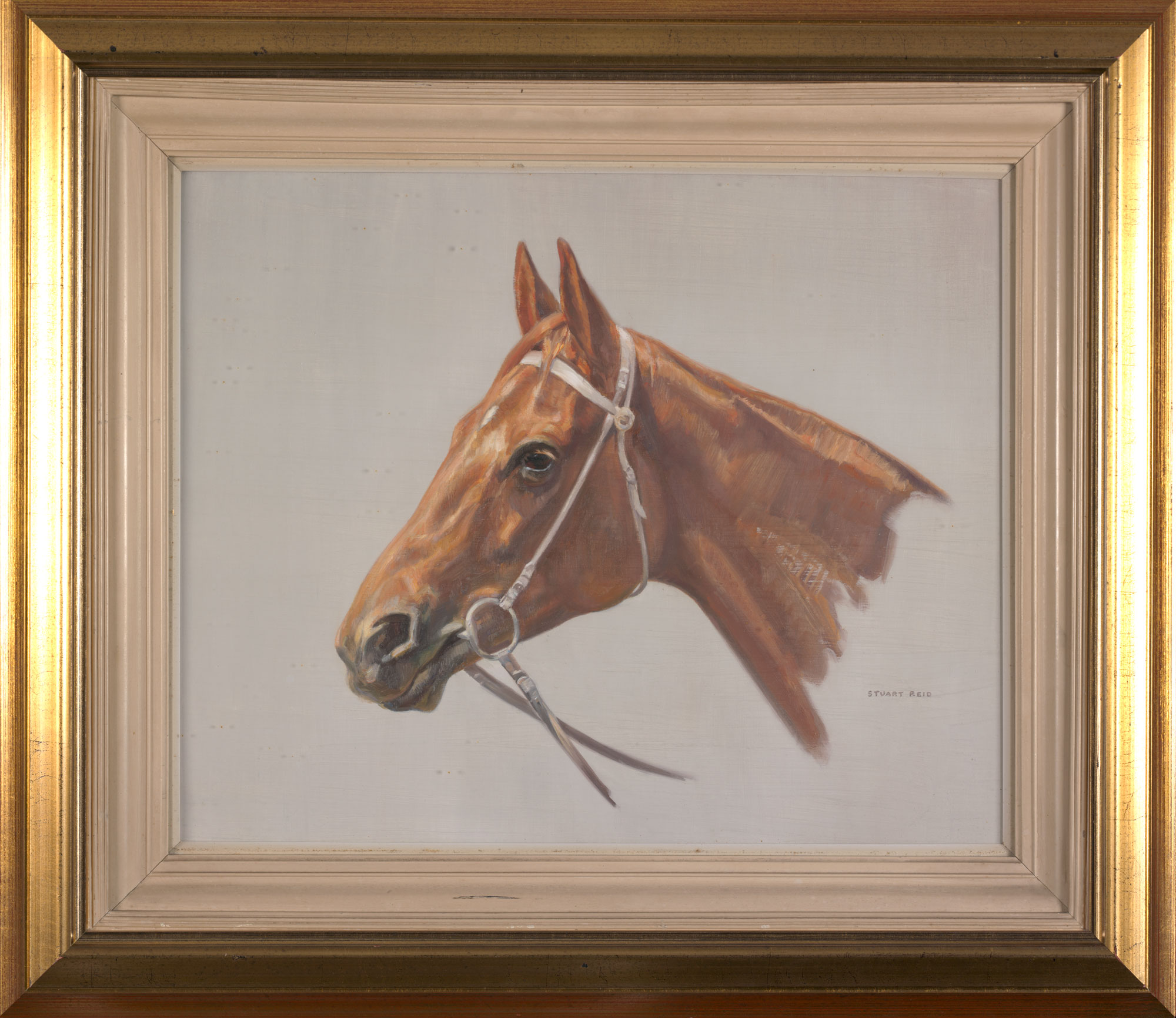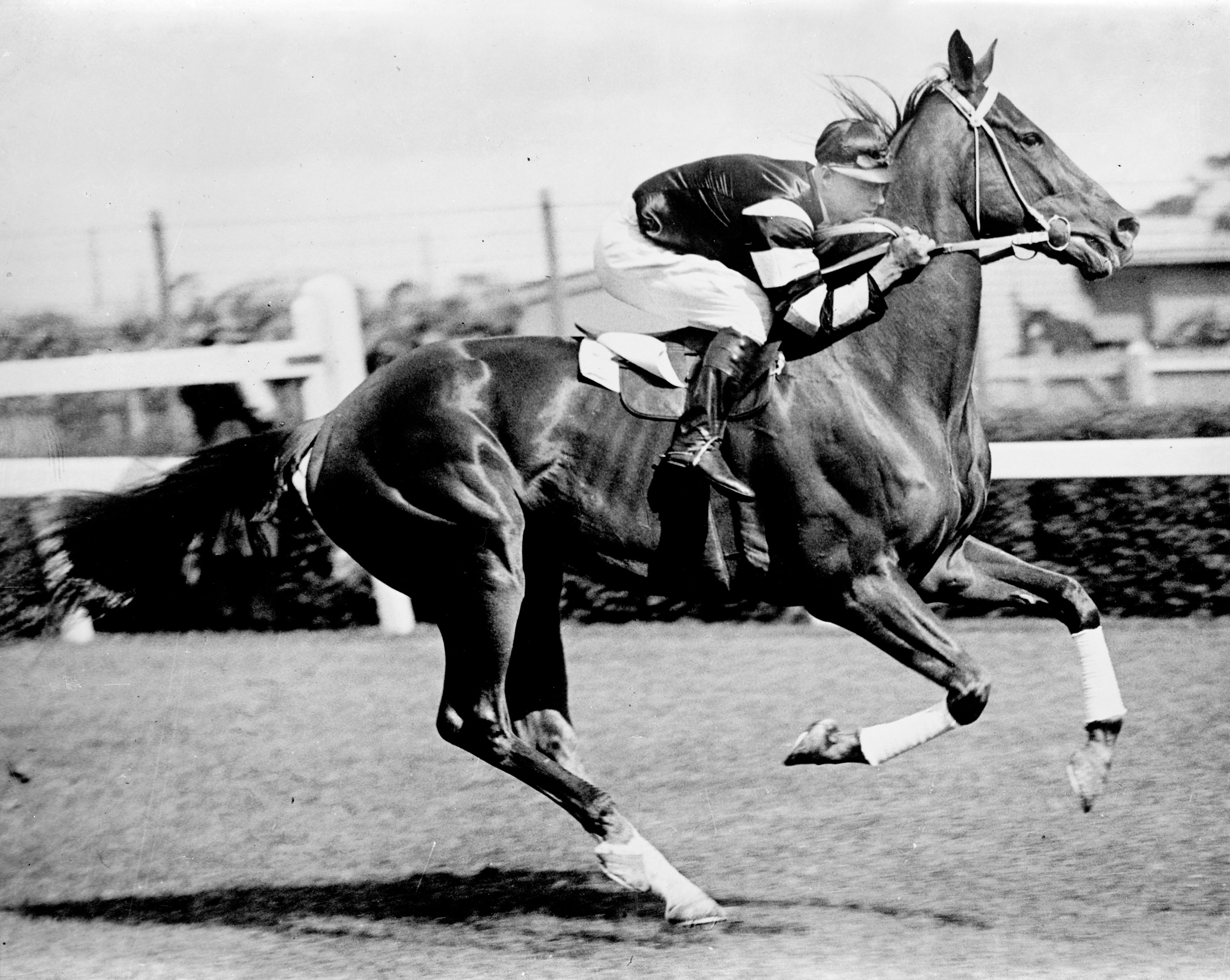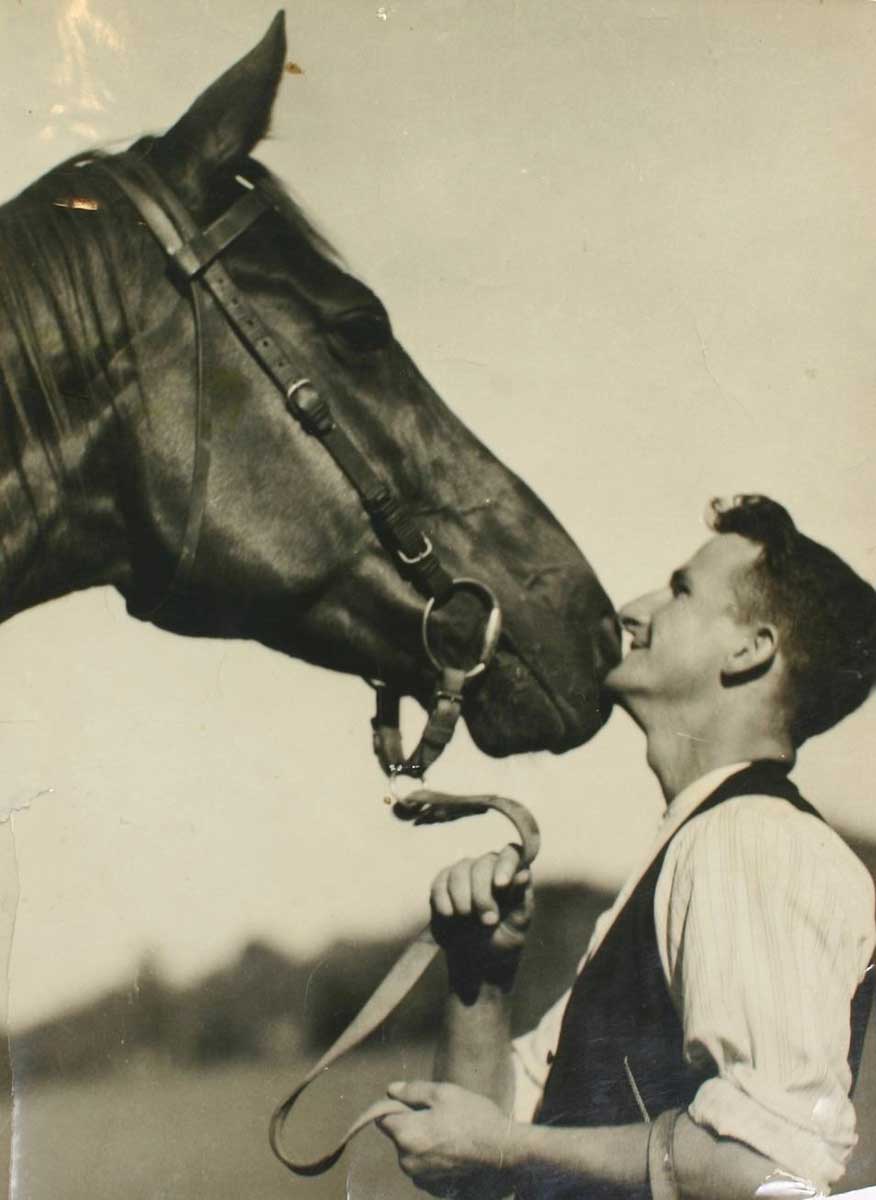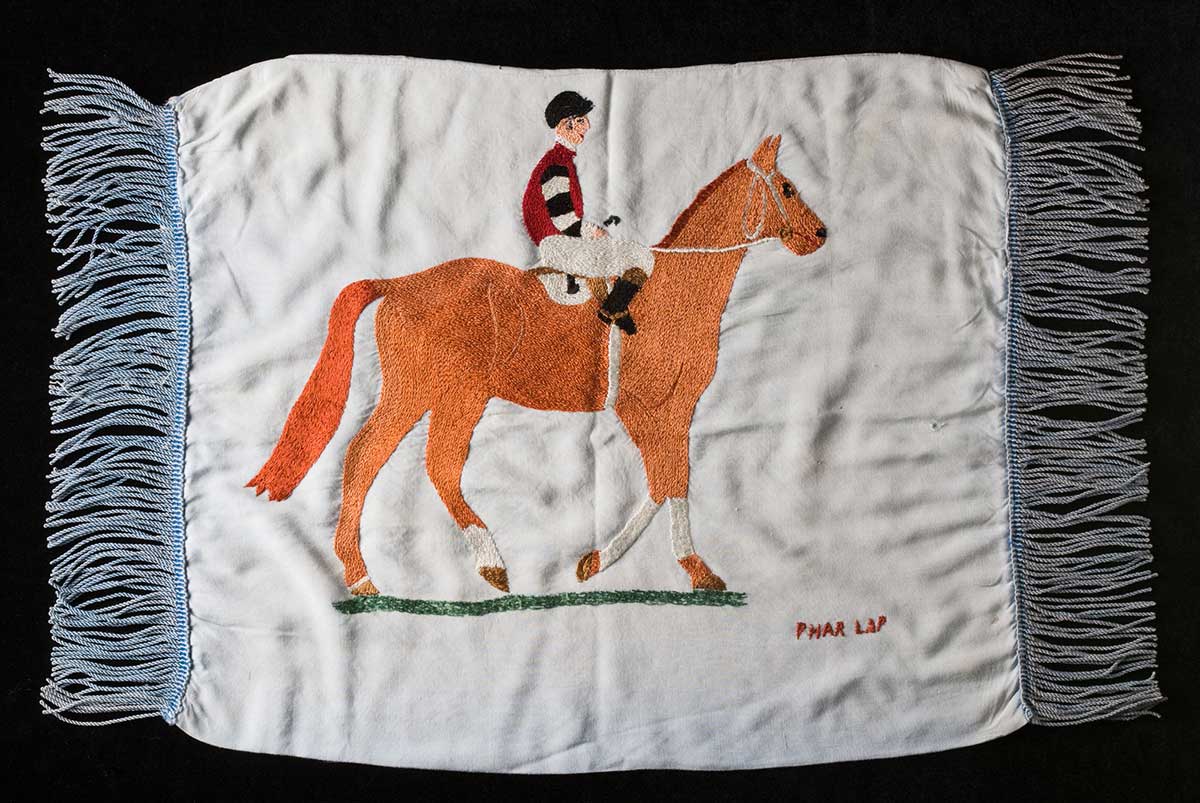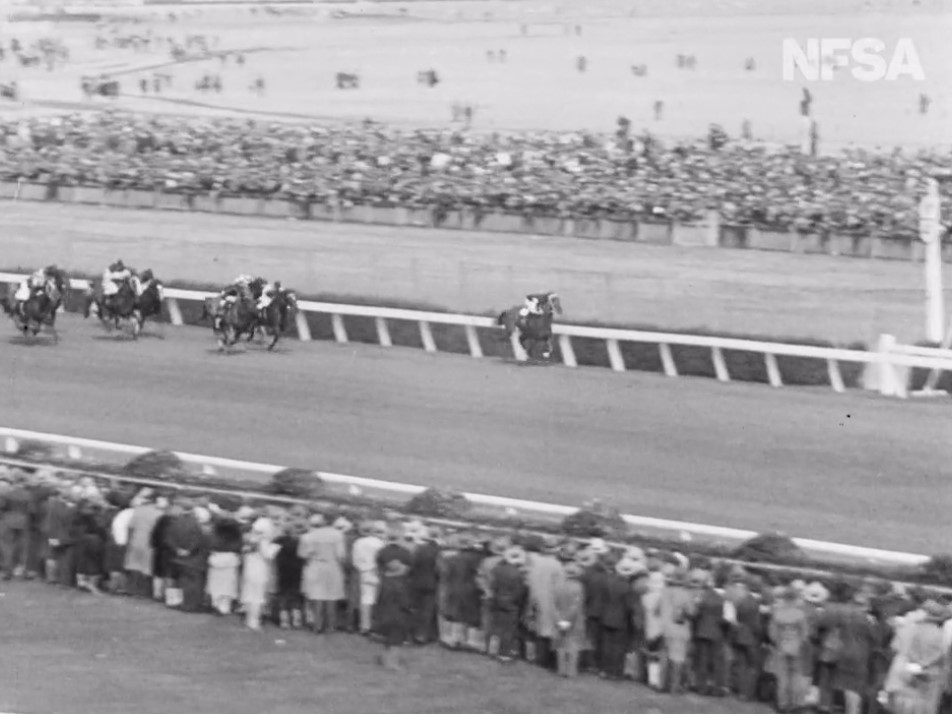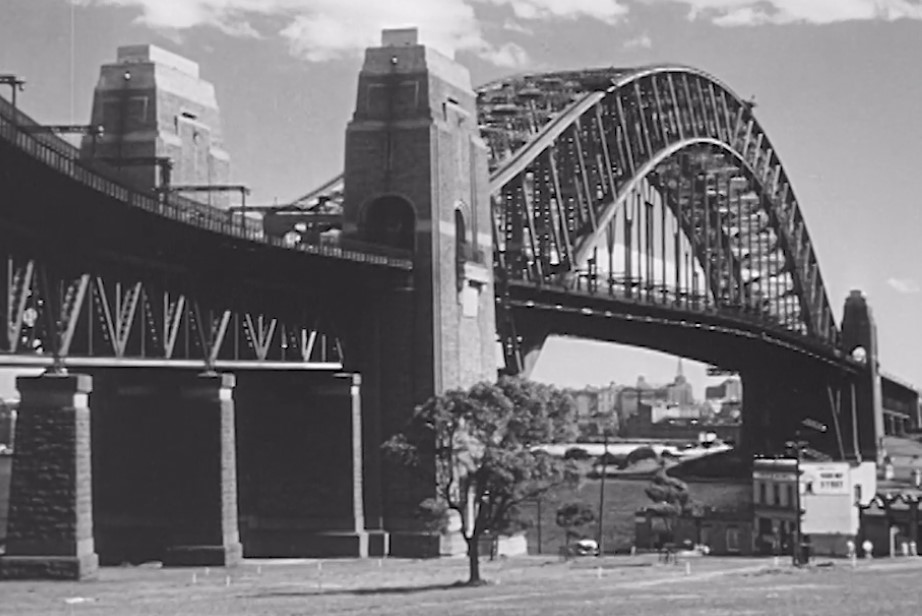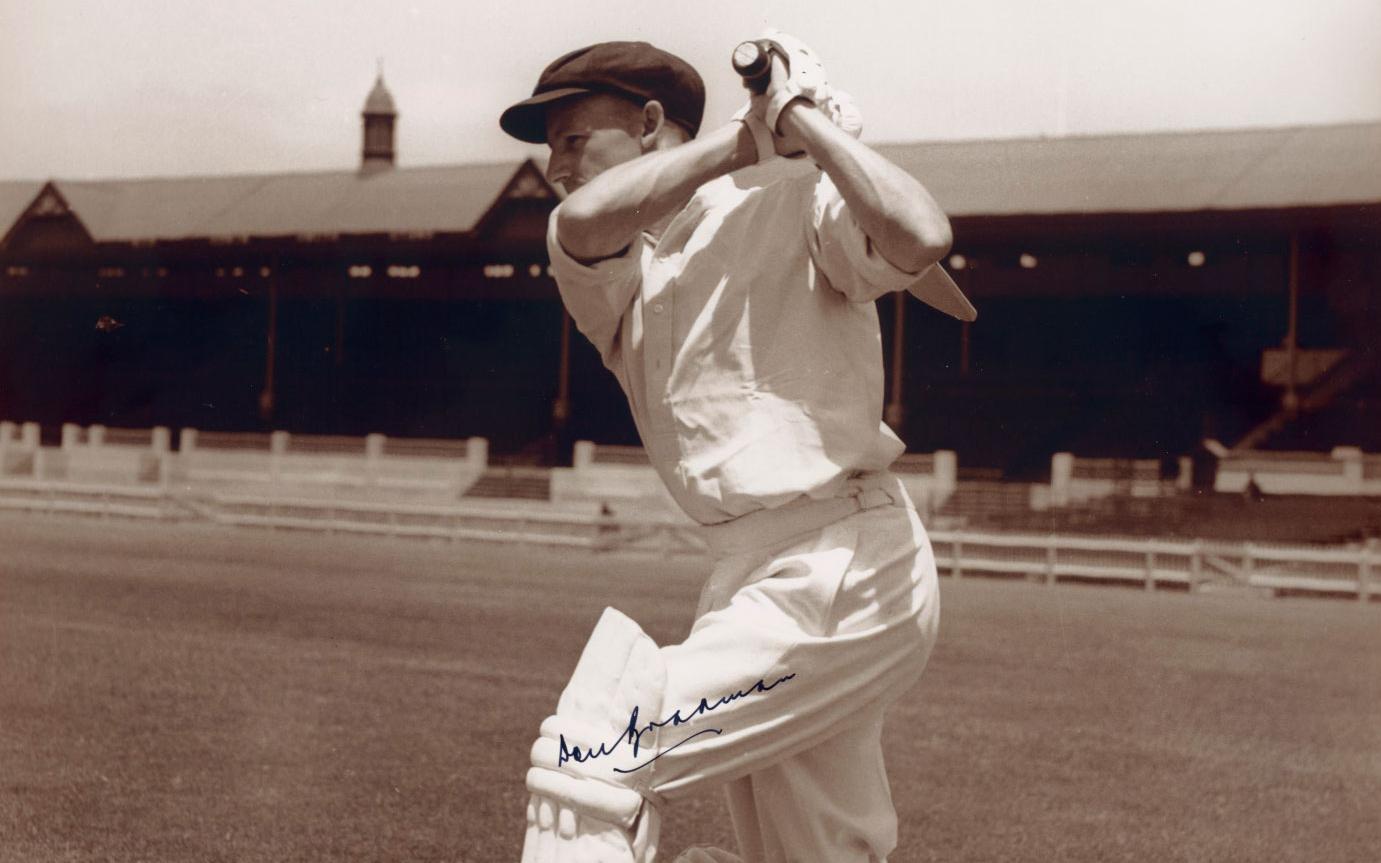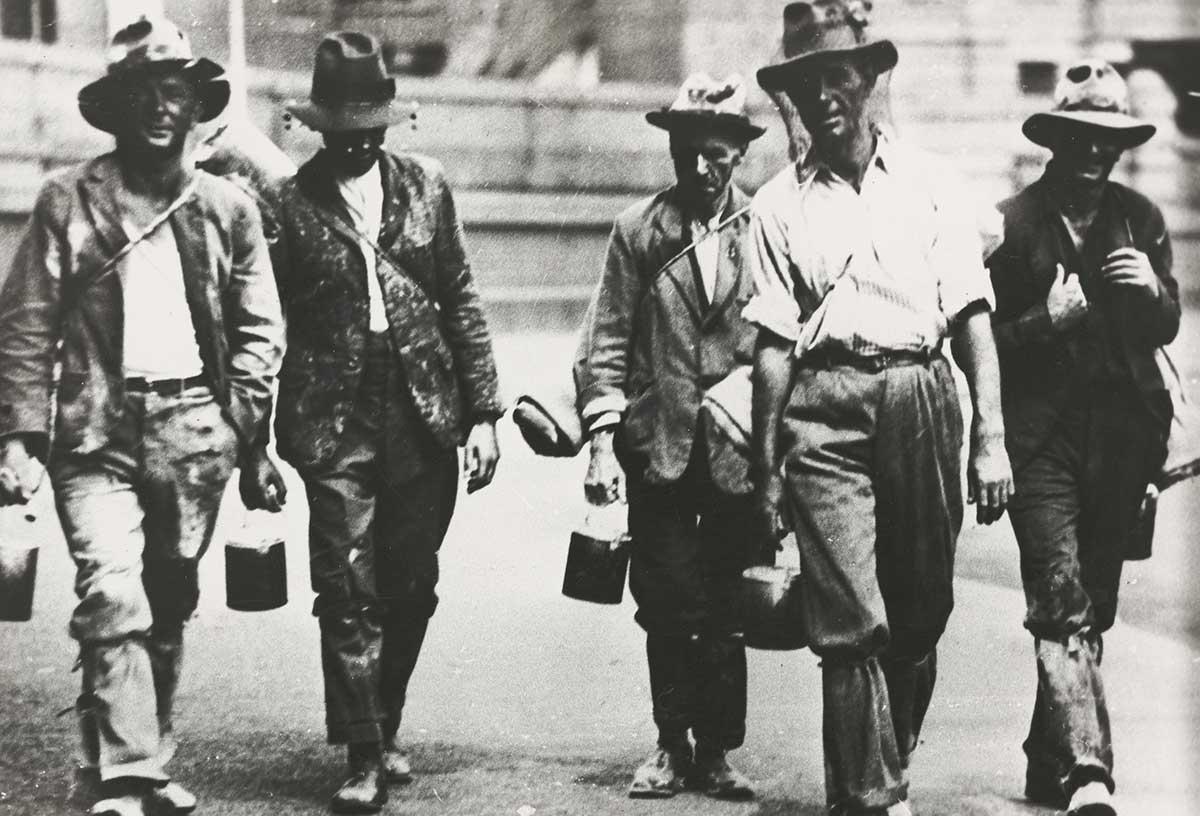The horse that stopped a nation
1930: Phar Lap wins the Melbourne Cup
The horse that stopped a nation
1930: Phar Lap wins the Melbourne Cup
In a snapshot
Phar Lap is a legend in the history of Australian horse racing. In 1930 he won the Melbourne Cup, ridden by jockey Jim Pike. During the difficult years of the Great Depression Phar Lap’s sensational rise captured the public’s imagination. Having won every major race in Australia his owners took him to America where he mysteriously died in 1932. He is still a public icon and his remains are on display in Melbourne, Canberra and Wellington in New Zealand.
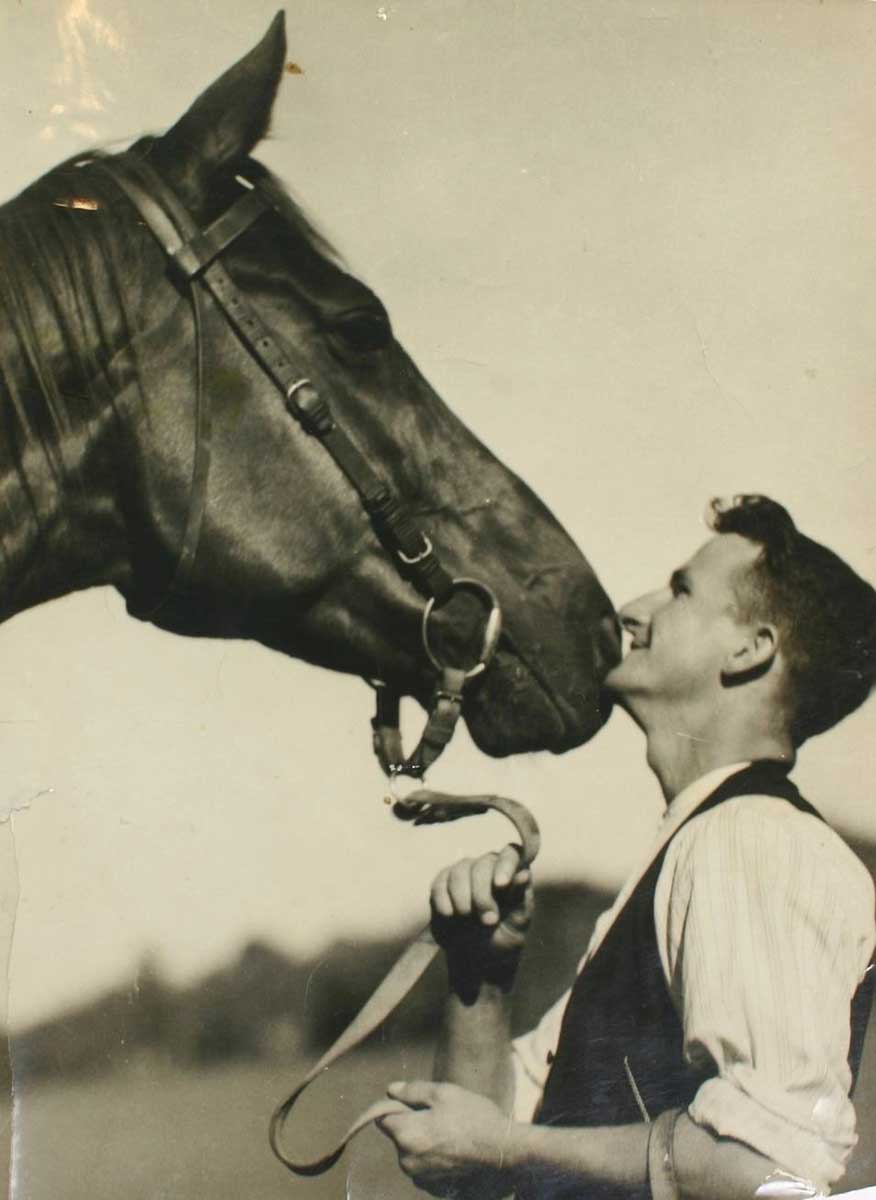
 Can you find out?
Can you find out?
1. How many races did Phar Lap win?
2. What was his most famous win? Give reasons for your answer.
3. What did people admire about Phar Lap?
How did Phar Lap come to Australia?
Phar Lap was born at Seadown Stud in Timaru, New Zealand, on 4 October 1926. He was a rich red chestnut colour with a white star on his forehead. He was 1.7 metres high and weighed 600 kilograms. Sydney-based trainer Harry Telford asked an American businessman, David J Davis, to buy Phar Lap for £160 (over 17,000 Australian dollars today) and bring the horse to Sydney. Telford then hired Aaron Treve ‘Tommy’ Woodcock to train Phar Lap to compete in horse races.
Phar Lap came last in his first race on 23 February 1929. By September 1929 he had improved so quickly that he won a race by three ‘lengths’. Phar Lap became so successful that other horse trainers pulled out of the race when they heard he was competing.
Phar Lap’s greatest win was by 20 lengths in March 1930 at Flemington Racecourse in Melbourne. During his short life Phar Lap won 37 races out of the 51 he was entered in.
Why was Phar Lap so popular?
Australia suffered throughout the early 1930s from the onset of the Great Depression — a downturn in the world’s economy from 1929 to 1939 — which led to over 30 per cent unemployment in Australia at its worst. Along with the cricketer Donald Bradman, the sudden rise of Phar Lap from humble beginnings inspired many people who were suffering from unemployment. He was affectionately nicknamed the ‘Red Terror’ and ‘Big Red’.
Phar Lap’s enormous popularity was helped by the introduction of radio broadcasts and news bulletins that were played during films. His picture appeared on postcards, cigarette cards, cake tins, tobacco tins and advertising posters for beer and wine. But his popularity threatened his life when he was shot at while walking in the Melbourne suburb of Caulfield.
Phar Lap went into hiding after the shooting incident and was escorted by police so that he could compete in the 1930 Melbourne Cup. Ridden by his jockey, Jim Pike, Phar Lap won the 1930 Melbourne Cup by three lengths. He also competed in 1929 and 1931 but was handicapped because he was the favourite to win.
Research task
Was Phar Lap larger than most other horses? Do some research to find out.
Research task
Look through the National Museum’s collection of Phar Lap items, including Phar Lap’s heart. Why do you think that people are still so fascinated by the story of Phar Lap?
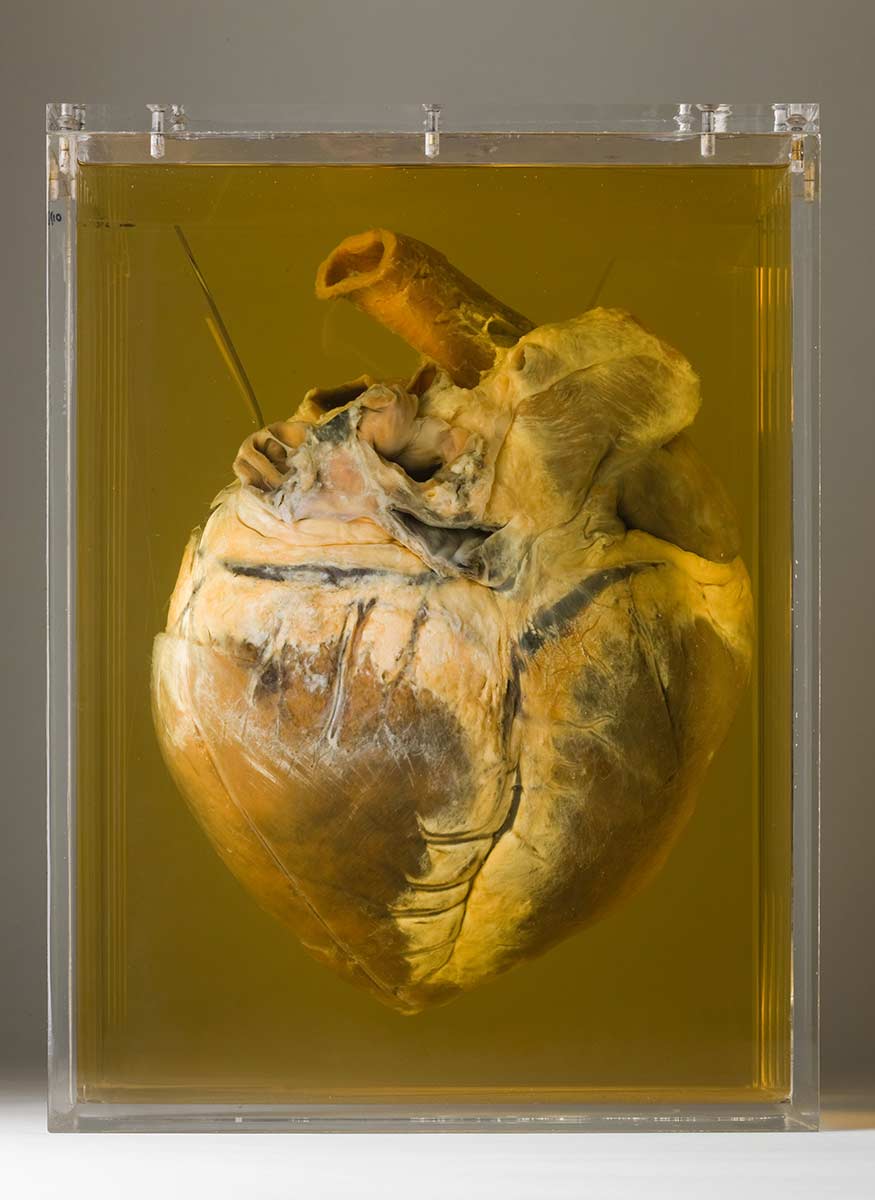
What happened to Phar Lap?
Phar Lap won every major race in Australia, so his owners, Davis and Telford, sent him to compete in the richest race in the world — the ‘Agua Caliente’ in Tijuana, Mexico. Phar Lap won the race by two lengths. On 5 April 1932, only 16 days after winning the race, Phar Lap died in San Francisco under mysterious circumstances. Some people thought he had been poisoned with arsenic, while others believed that he had died of an infection. The debate over Phar Lap’s death continues to this day.
Phar Lap’s remains can now be viewed in three different museums: at the National Museum of Australia (Phar Lap’s heart), at Melbourne Museum (Phar Lap’s hide); and in Wellington, New Zealand (Phar Lap’s skeleton).
‘The history of Australasian racing does not contain such a galloping freak as Phar Lap, who bounds along like a greyhound and can run a two and a quarter mile record without turning a hair.’
Truth, 27 April 1930
Read a longer version of this Defining Moment on the National Museum of Australia’s website.
 What did you learn?
What did you learn?
1. How many races did Phar Lap win?
2. What was his most famous win? Give reasons for your answer.
3. What did people admire about Phar Lap?









